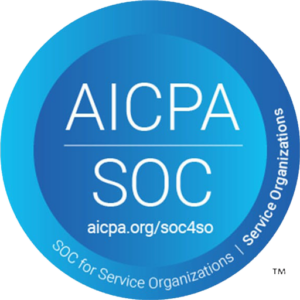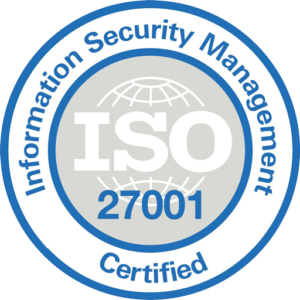Application security refers to the measures taken to protect applications and data from unauthorized access, modification, or theft. Email encryption is a security measure that helps protect sensitive information contained in emails from being intercepted and read by unauthorized individuals.
The use of email encryption with automatic DLP blocking is a step towards a stronger security posture and aligns with the CIS Controls, ISO 27001, NIST and MITRE Attack framework.
CIS Controls
- CIS Control 3: Continuous Vulnerability Management – The use of email encryption and automatic DLP blocking helps address the need for ongoing vulnerability management and reduces the risk of security breaches.
- CIS Control 7: Email and Web Browser Protections – Encryption of emails and DLP blocking help protect against malicious emails and web-based attacks.
ISO 27001
- ISO 27001 A.13 Information Security Incident Management – The use of email encryption and automatic DLP blocking helps to detect and respond to incidents related to email and data loss prevention.
- ISO 27001 A.14 Compliance – The use of email encryption and DLP blocking helps organizations comply with data protection regulations and standards.
NIST
- NIST SP 800-53: Security and Privacy Controls for Federal Information Systems – The use of email encryption and automatic DLP blocking aligns with the confidentiality and privacy controls, specifically the access control and information protection mechanisms.
- NIST SP 800-171: Protecting Controlled Unclassified Information in Non-Federal Information Systems and Organizations – The use of email encryption and automatic DLP blocking helps protect sensitive information and ensure compliance with NIST guidelines.
MITRE Attack Framework
- MITRE T1589: Data Encrypted for Transportation – The use of email encryption helps protect sensitive information in transit.
- MITRE T1022: Data Loss Prevention – The use of automatic DLP blocking helps prevent unauthorized access to sensitive information.
The use of email encryption with automatic DLP blocking is an important step towards a stronger security posture and aligns with various security frameworks. It helps to reduce the risk of security breaches, protect sensitive information, detect and respond to incidents, comply with regulations and standards, and ensure the confidentiality and privacy of sensitive information.



